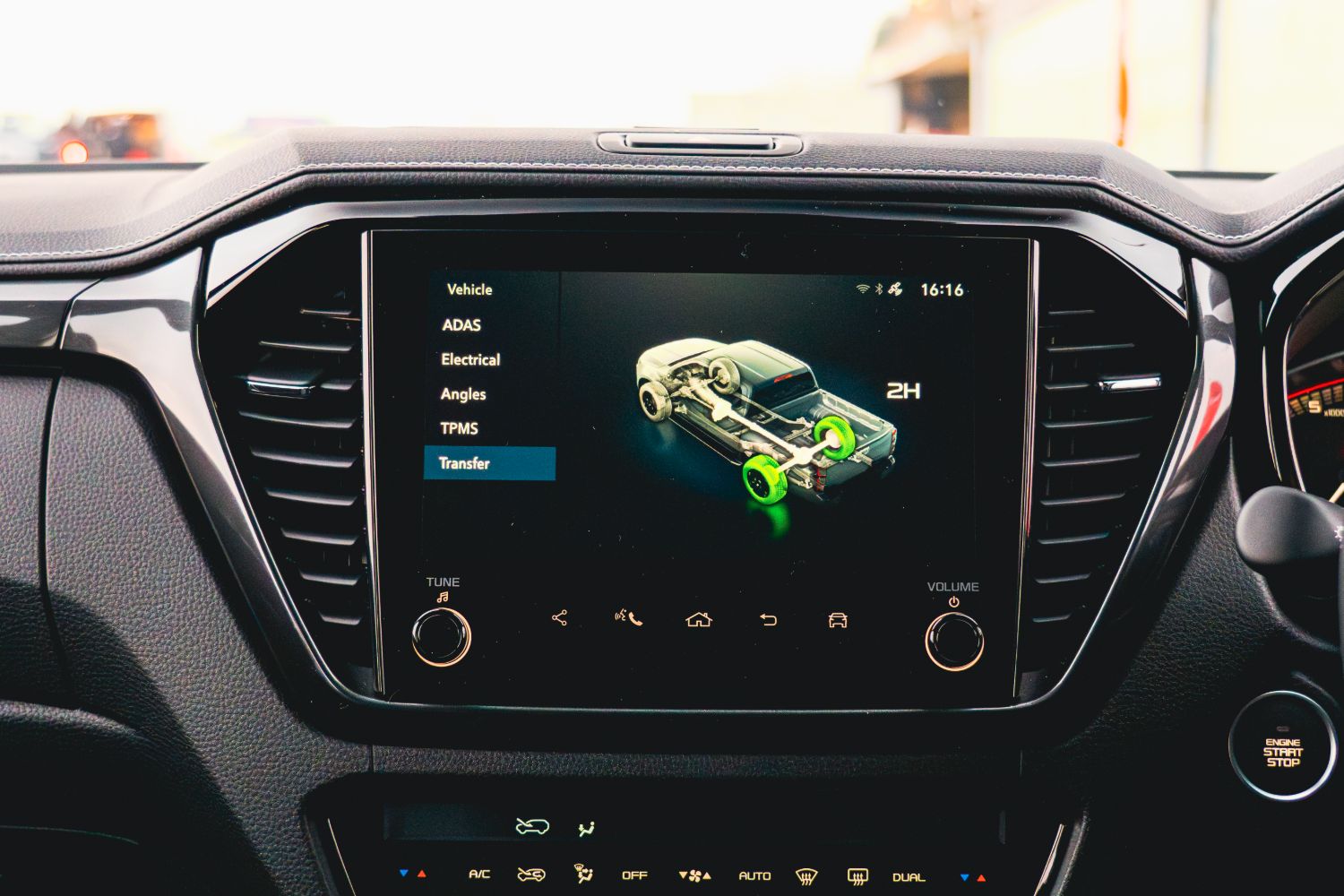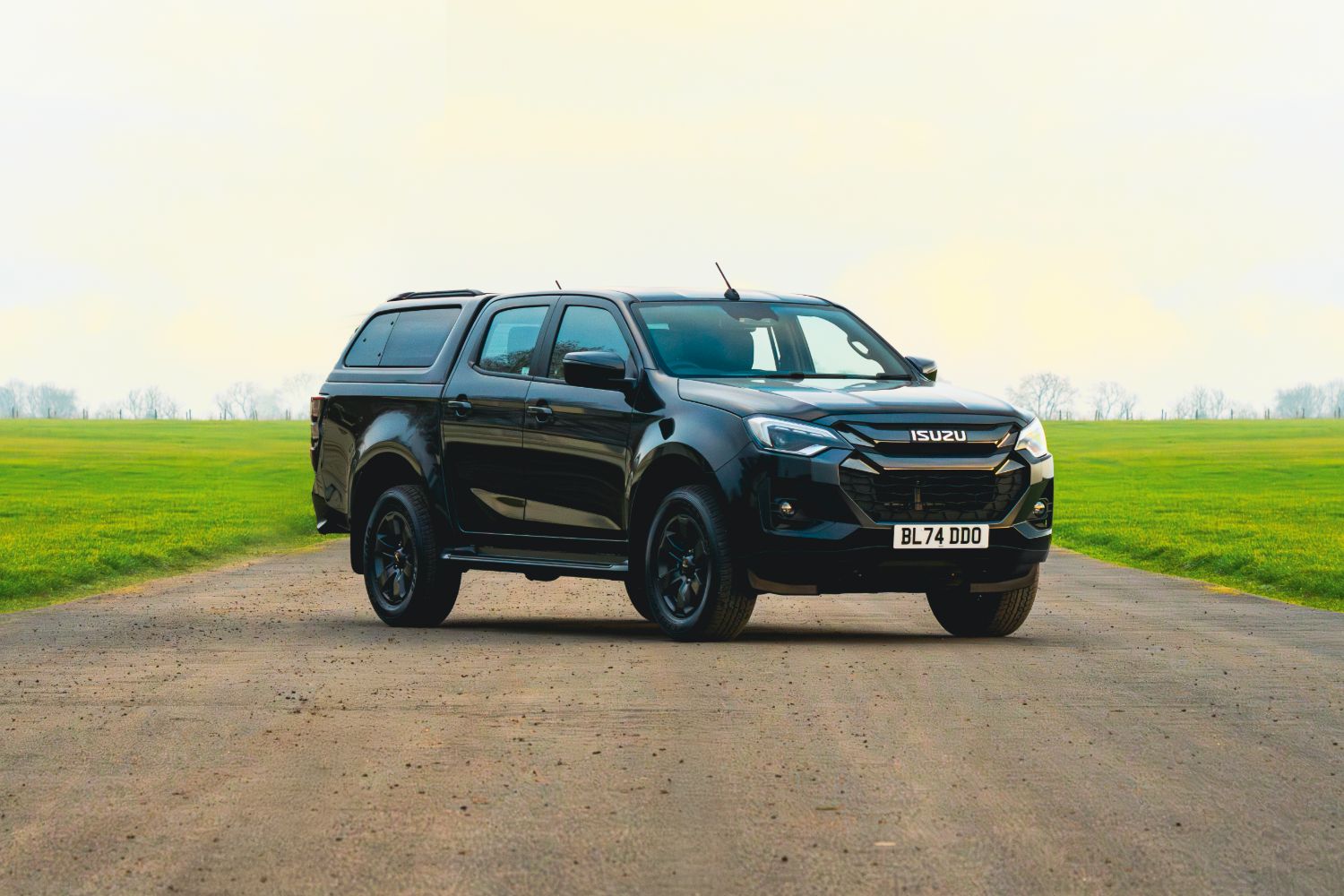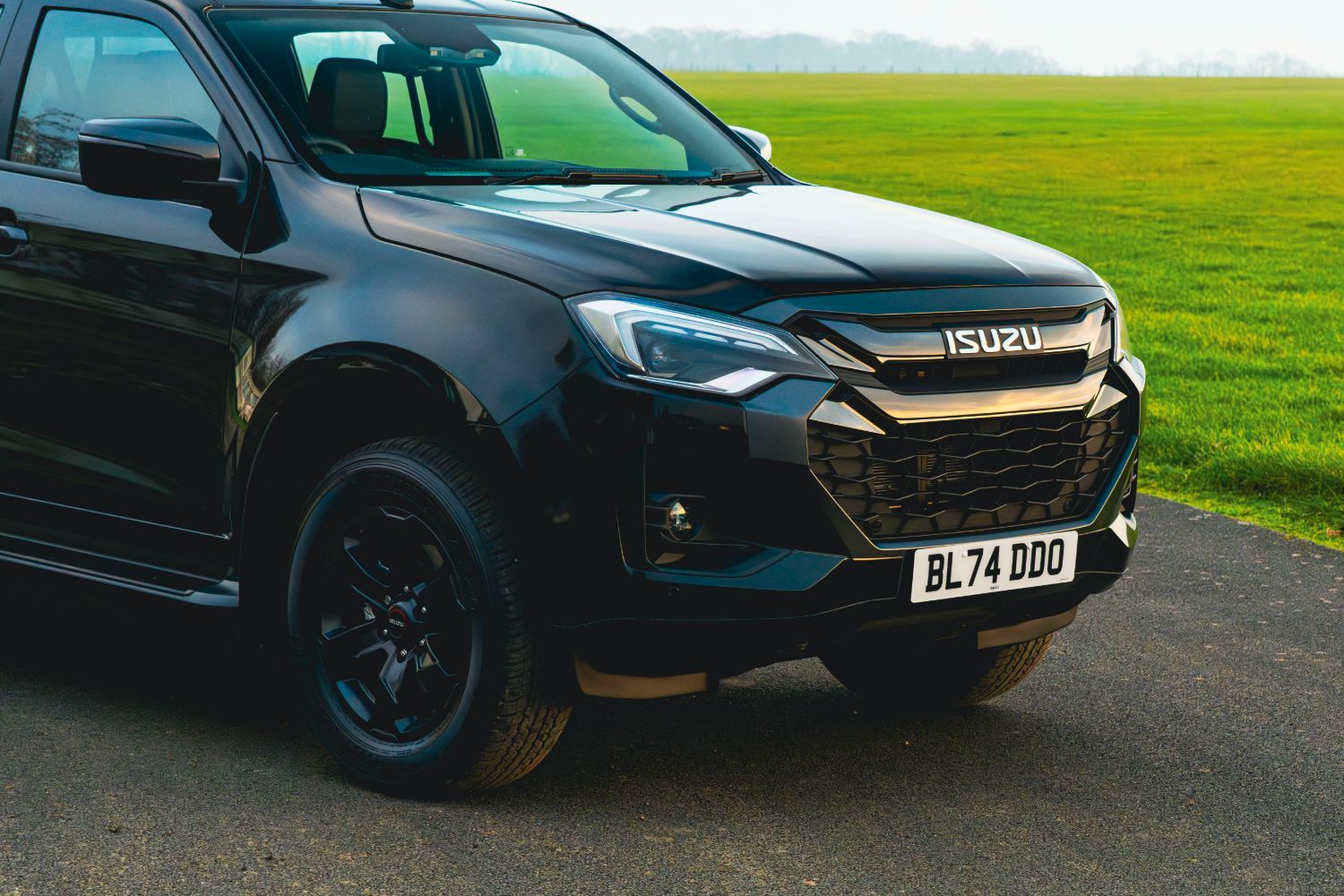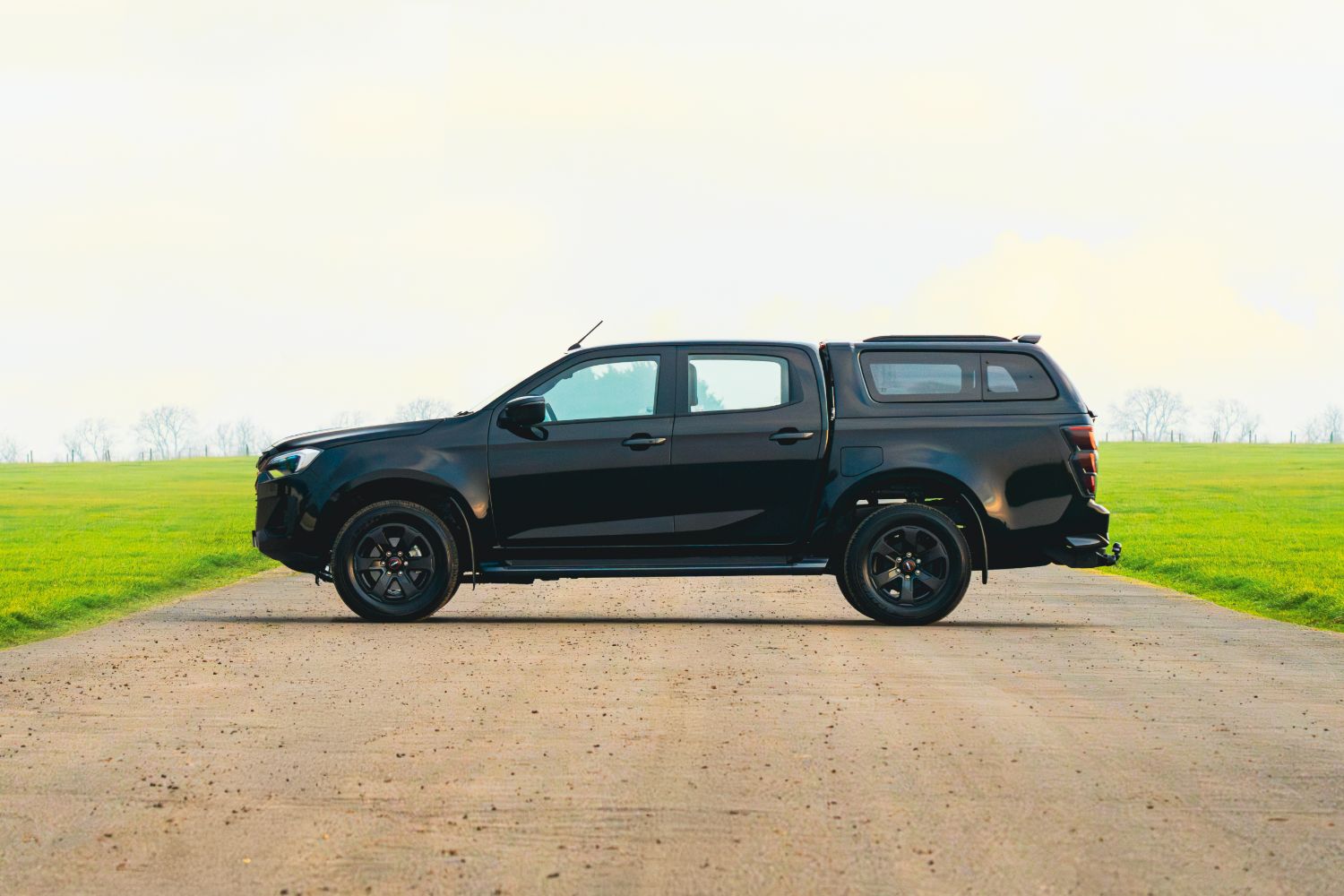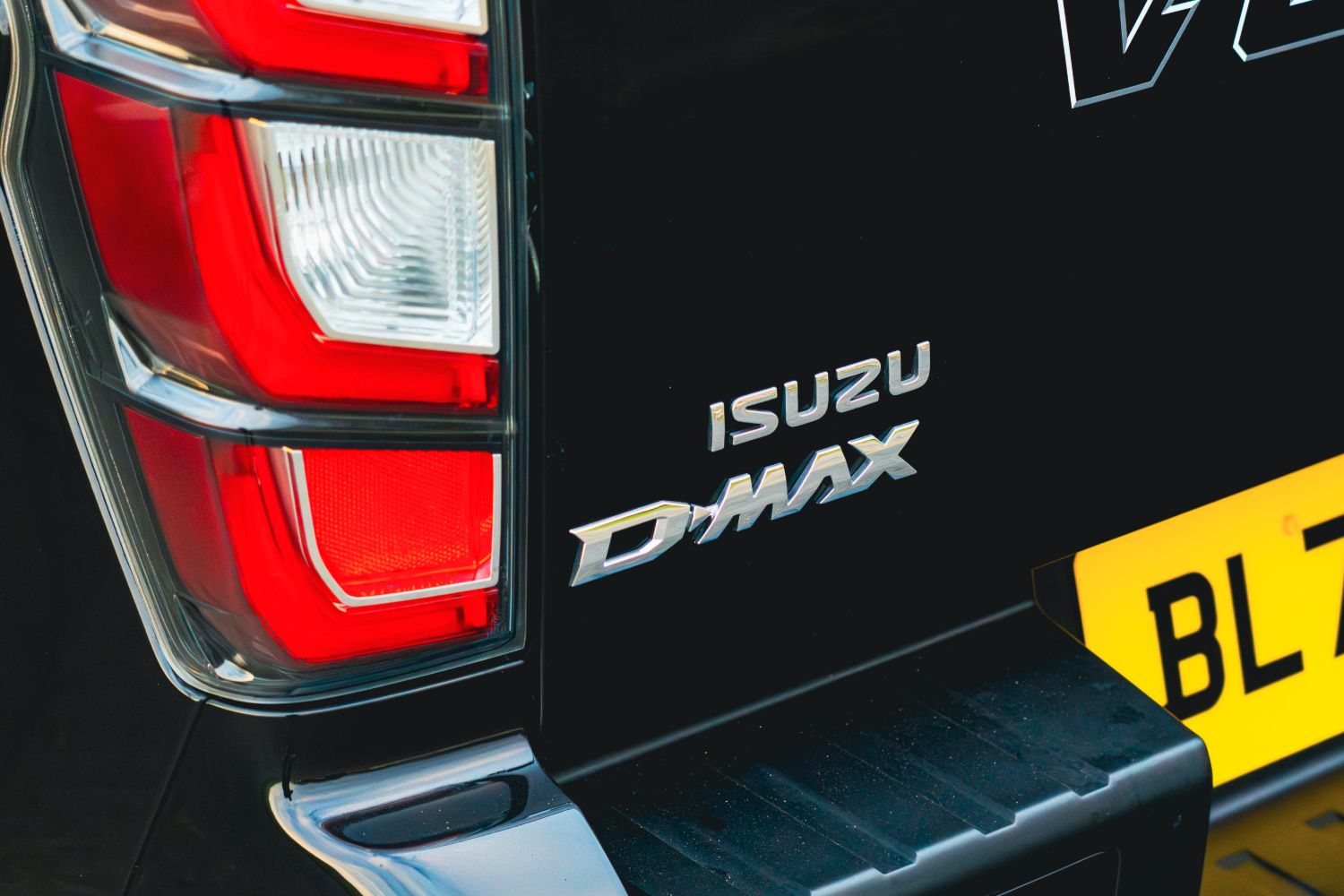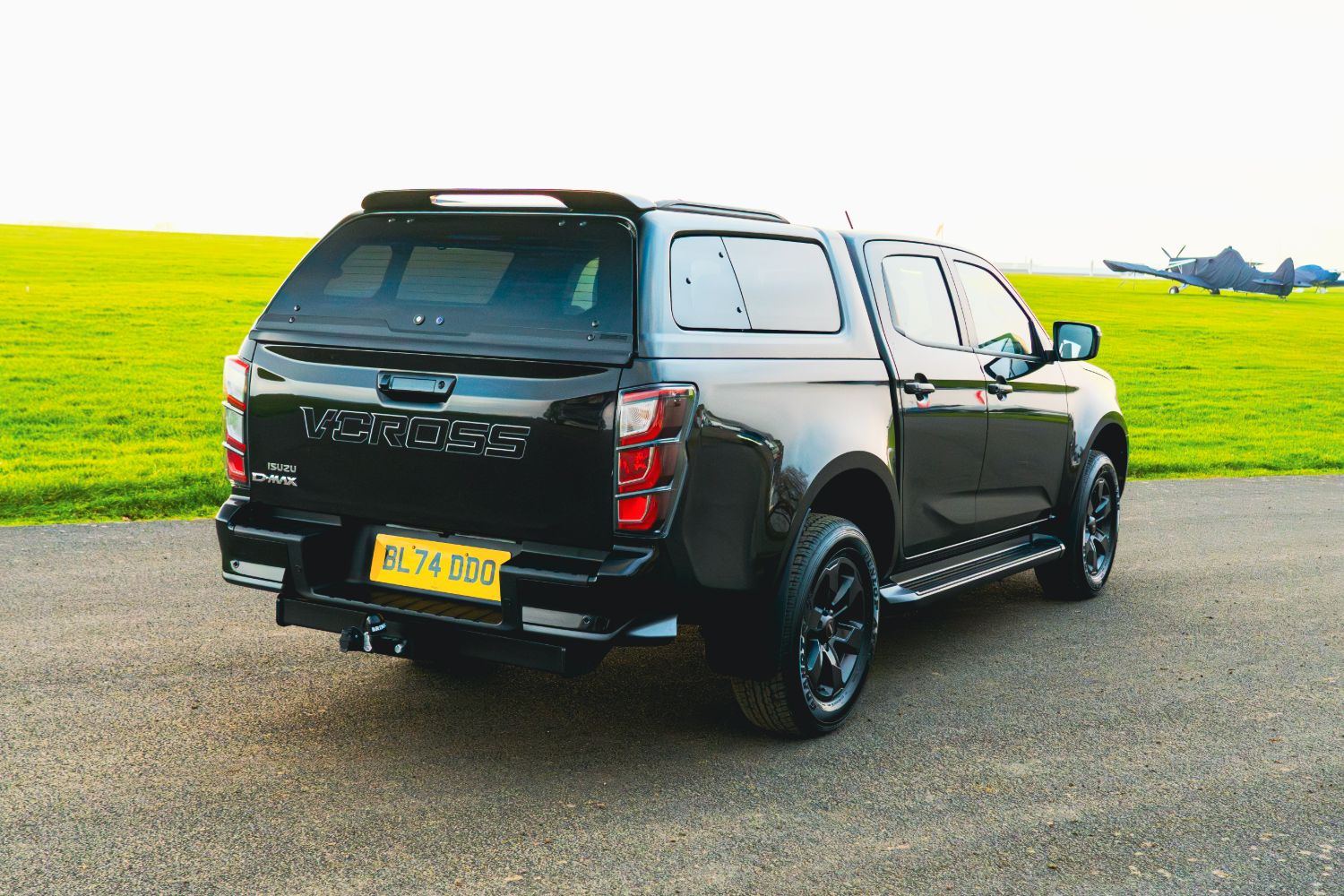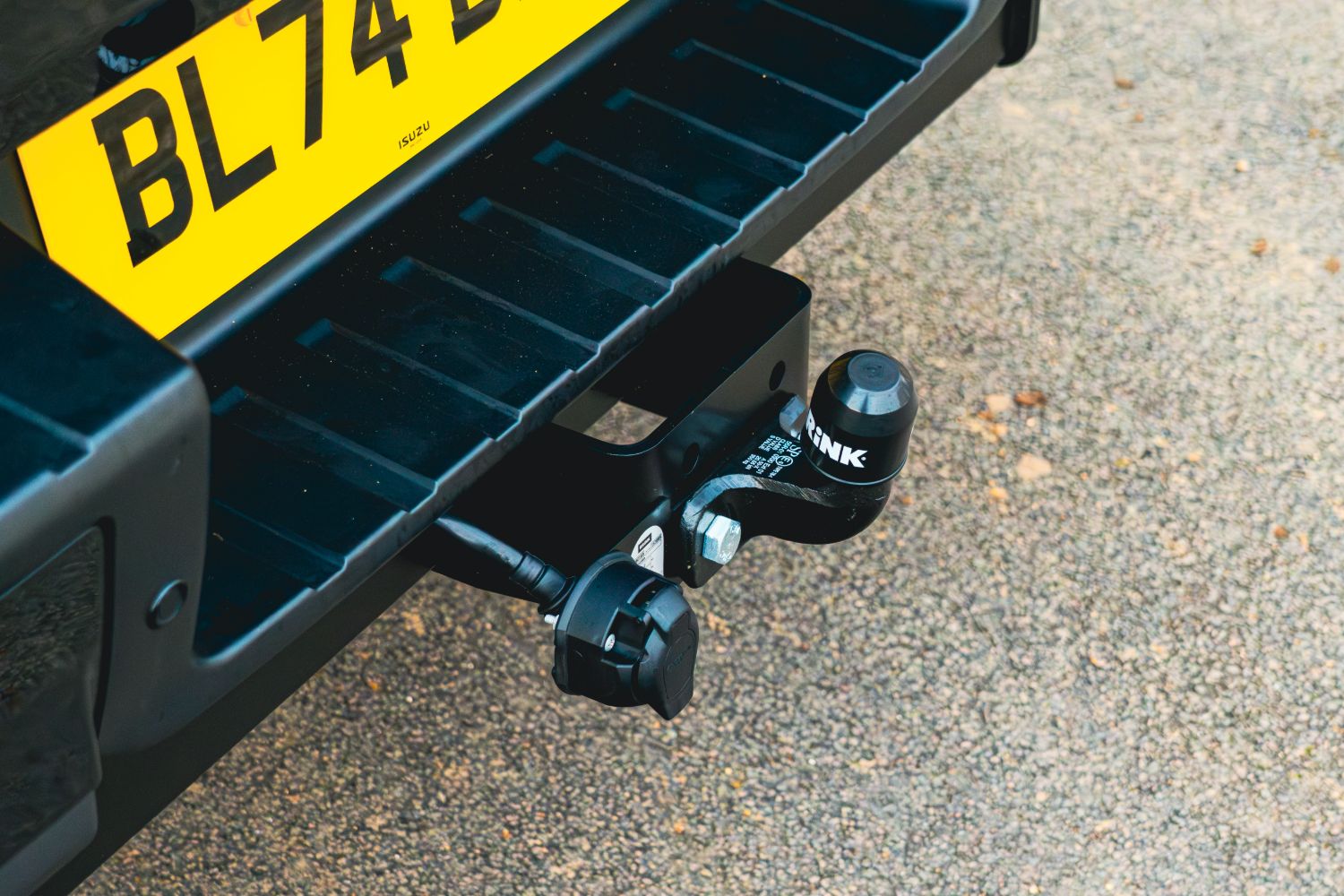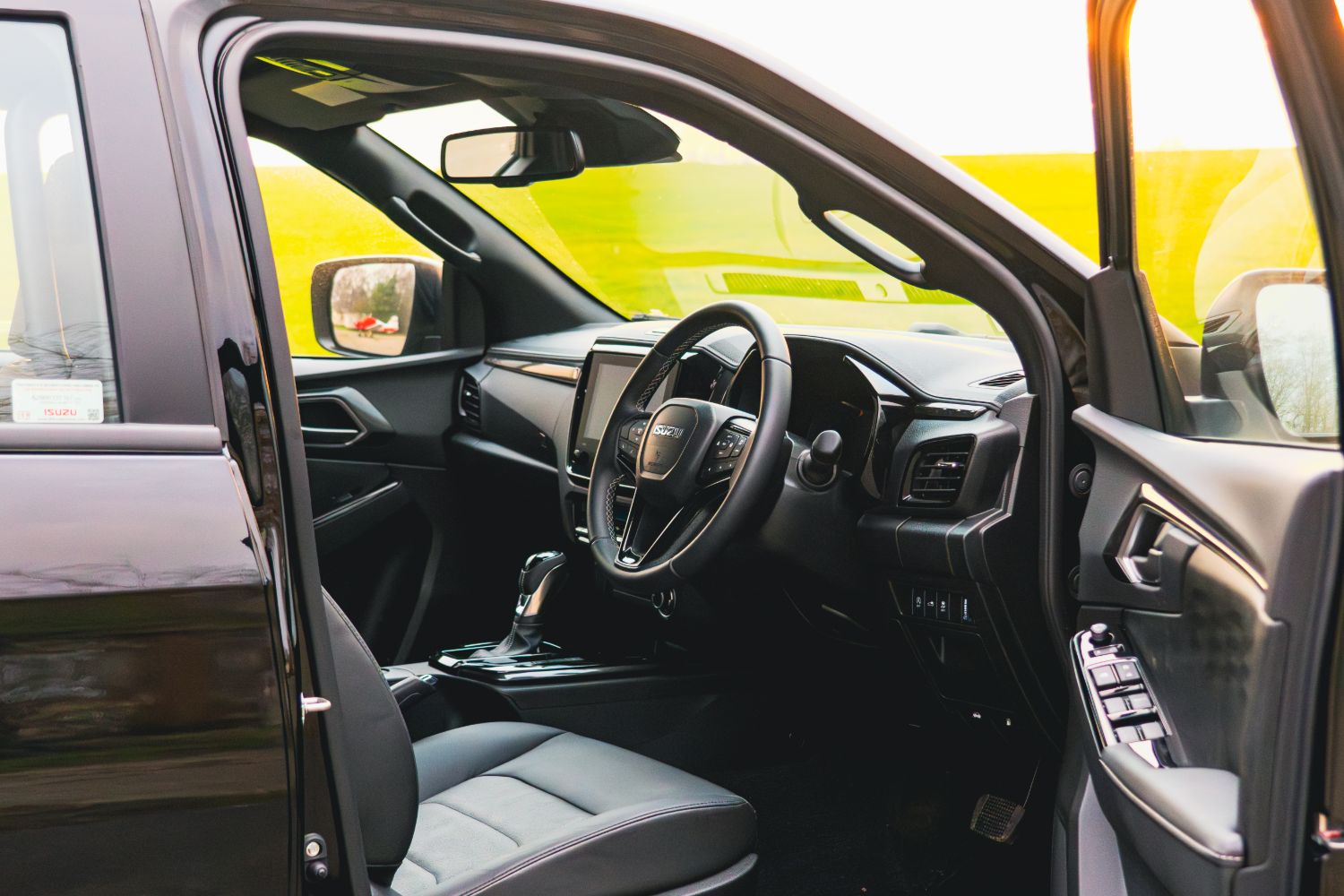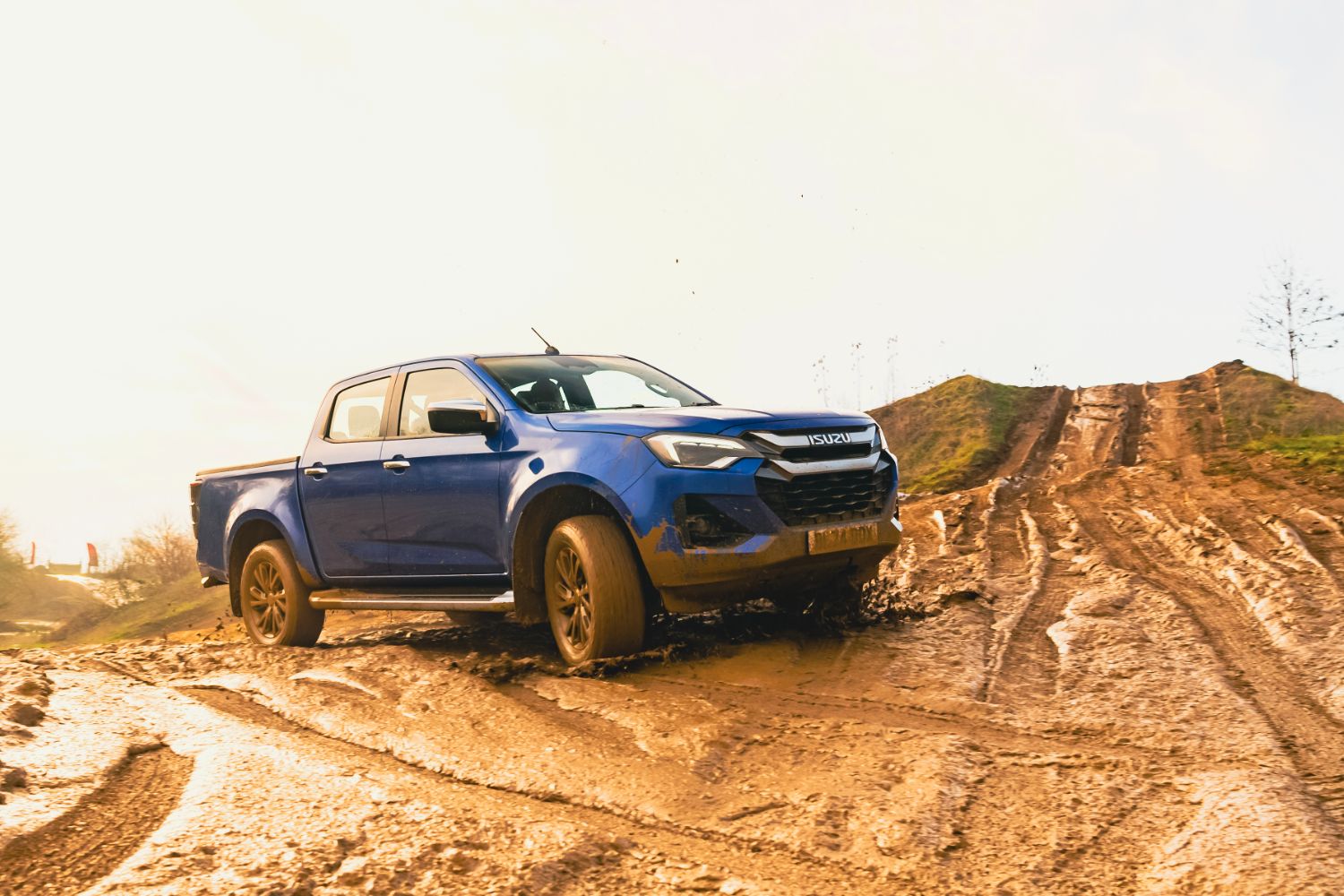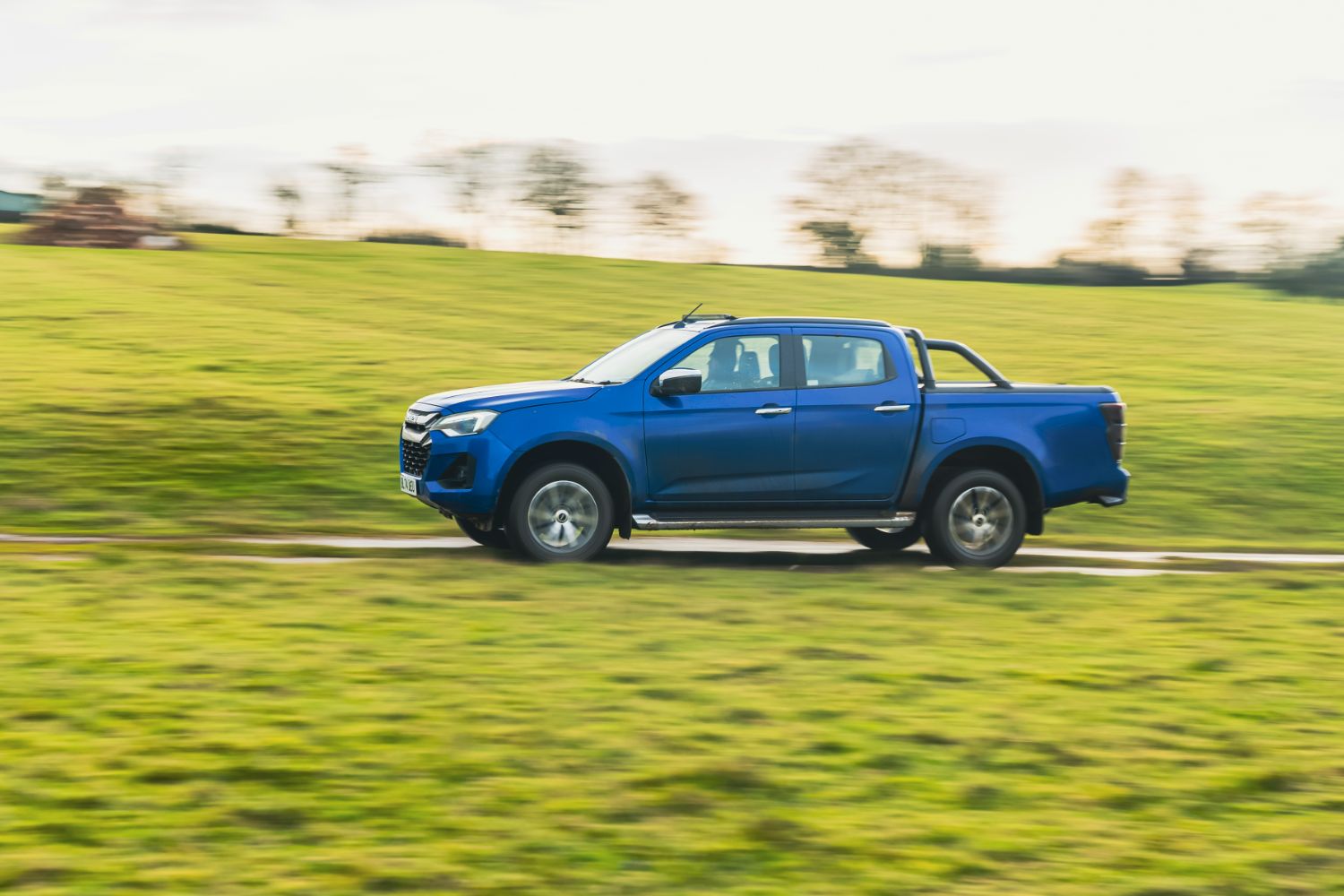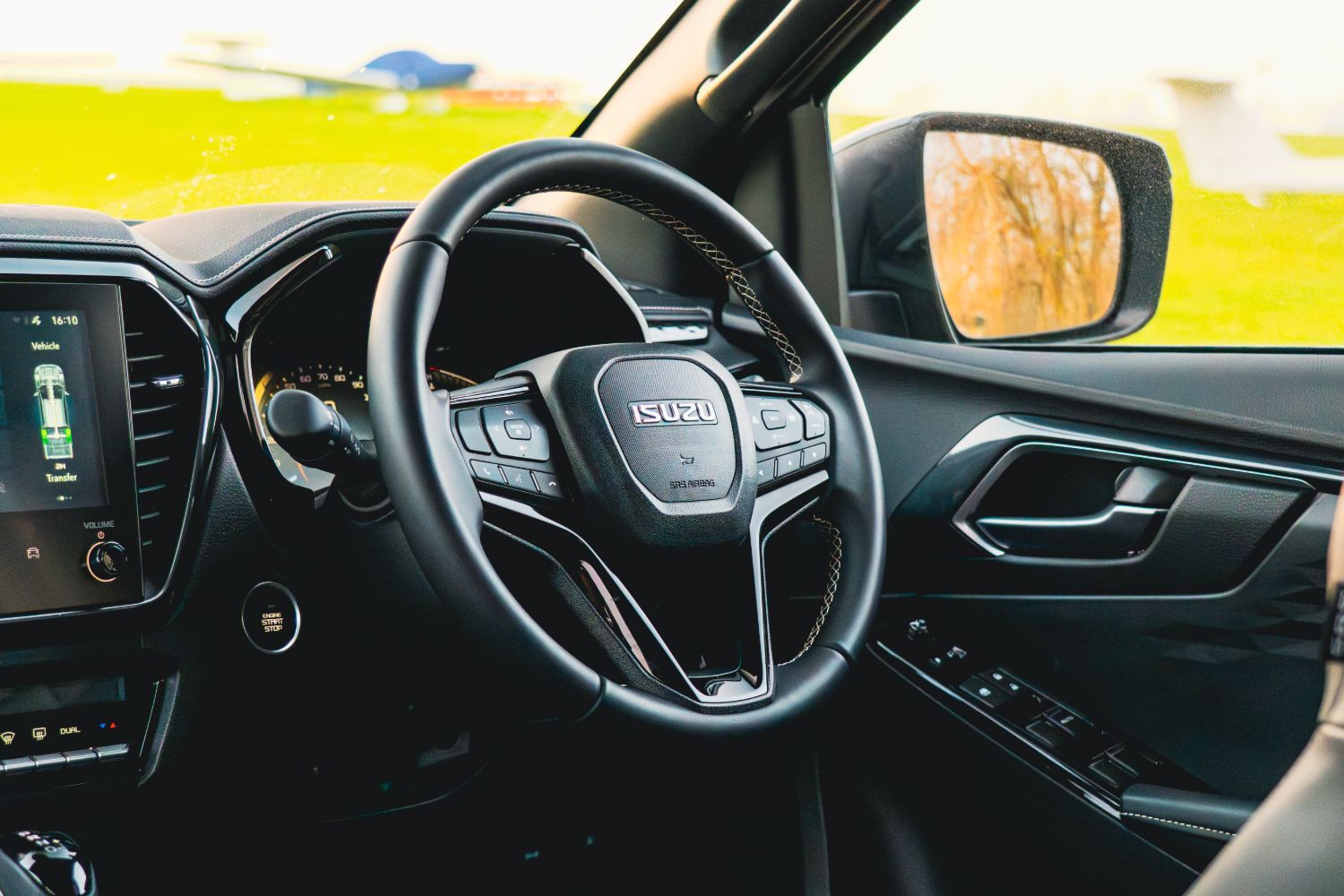Pick-up trucks are a little thinner on the ground these days, but aside from odd new outliers like the Ineos Grenadier Quartermaster, a couple of the big names continue – namely, the Volkswagen Amarok, the Ford Ranger and the Toyota Amarok. Facing up to those is the earnest Isuzu D-Max, which launched in this generation back in 2021, and impressed when new with decent interior finishing and plenty of equipment for the money. However, the standard has evolved in the commercial vehicles sector during the intervening years, and so Isuzu has lightly freshened the D-Max in order to try and keep it relevant in 2025. Has the programme of updates worked?
Isuzu D-Max range
Isuzu offers the updated D-Max in three main bodies: Single-Cab, SpaceCab and Double-Cab. There are then three specifications, running L, LS and LSE, although technically there are four specifications for the pick-up as buyers can choose to have the mid-spec LS either with or without leather seats; that’ll be more of a consideration for private-use customers who might want hide, rather than commercial operators.
The Single-Cab is only available in basic L specification from €36,523 excluding VAT, and it’s easily identifiable from outside courtesy of its 16-inch steel wheels and black plastic bumpers – this is the one that’s most geared up to a life of hard-working abuse. But L specification is not without some useful items of spec, such as rain and light sensors plus automatic high-beam control, a reach-and-rake adjustable steering wheel, a 60-160km/h speed limiter, adaptive cruise control (on automatic models only), and some core advanced driver assist safety (ADAS) systems in the form of emergency brake assist and collision warning, lane keeping assist, and traffic sign recognition with an intelligent speed limit override.
Moving up, the SpaceCab – featuring a slightly elongated passenger compartment with vestigial, rear-hinged back doors and a couple of occasional jump-seats in the second row – is offered in all three specifications, but we suspect most will simply aim at the full-sized, five-seat Double-Cab instead. Simply picking this body enhances the L specification with 18-inch steel wheels, a central airbag between the front seats, and the addition of blind spot monitoring to the ADAS.
On the LS, the 18-inch wheels become alloys, while other items of kit added to the Isuzu include an electronically controlled diff lock, a lockable tailgate, body-coloured bumpers front and rear, heated front seats and a reversing aid. As already stated, LS with leather brings in hide upholstery to replace the cloth seats.
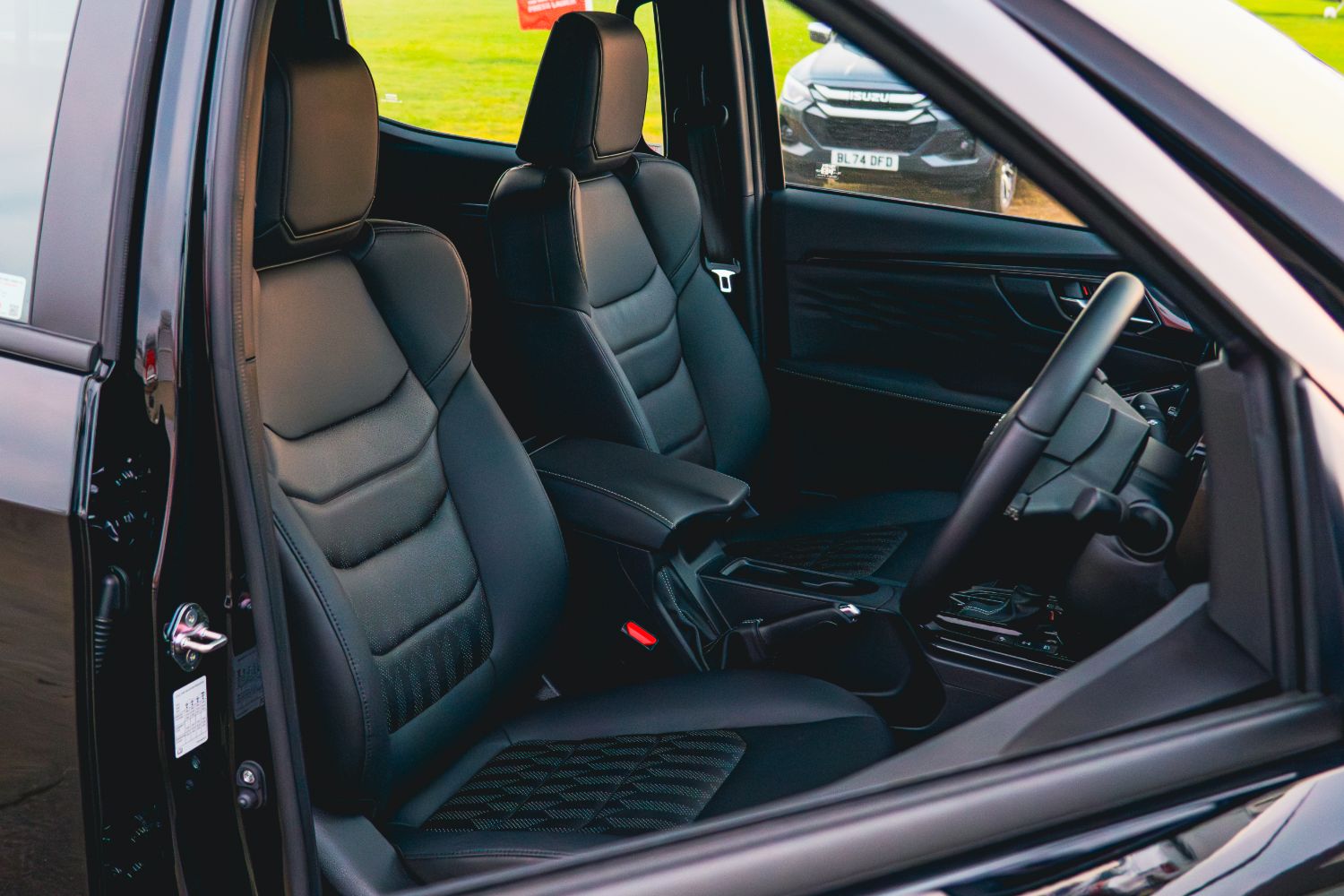
The range-topping LSE, the plushest model and the one tested here, builds on the LS with leather specification and brings in bi-LED headlights, the new and improved infotainment system (see below) with Apple CarPlay, Android Auto and DAB, dual-zone climate control, rear-passenger air vents, a six-speaker sound system, front parking sensors to go with the rears, and automatic locking when leaving the vehicle.
All D-Max models are powered by the same 1.9-litre turbodiesel engine, which we’ll cover off in the driving section of the review. There’s a choice of six-speed manual and six-speed automatic gearboxes across almost all of the range, while nearly every variant comes with four-wheel drive as standard. The sole exception to this rule is the Single-Cab, which can be ordered with just two-wheel drive (manual only) or AWD, but not with the autobox.
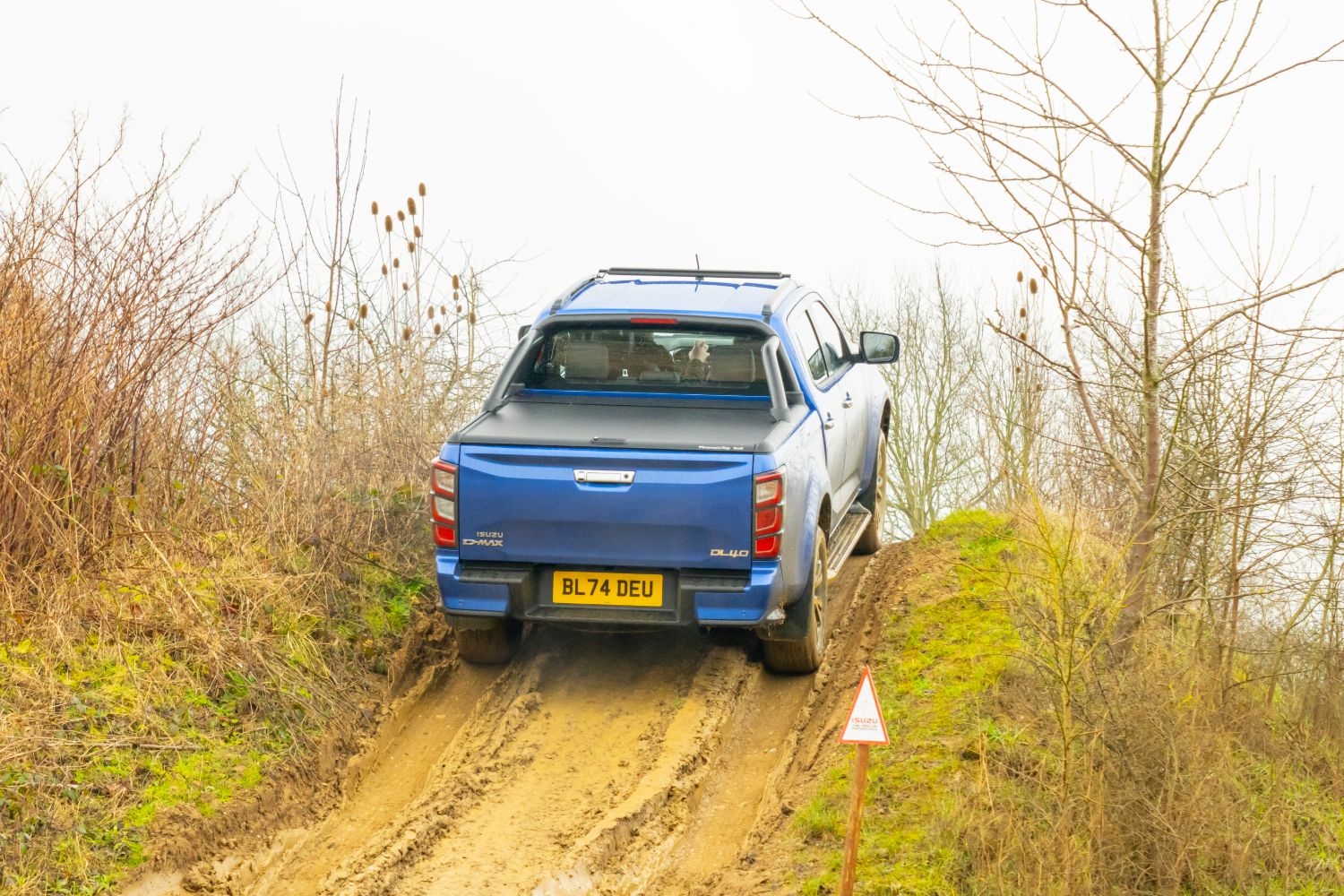
Revisions to the exterior appearance of the D-Max for this programme of updates include new signatures and integrated indicators in the advanced bi-LED headlight clusters on the LSE, plus a revised radiator grille, fresh ‘Triple Shield’ rear lamp units and a reshaped tailgate on all models. The LSE also gains a new dark-grey design of 18-inch alloy wheel, too.
Isuzu D-Max interior
There are a few changes in here as well for the 2025 model year Isuzu D-Max, principally relating to the amount of digital real estate. All models come with at least an eight-inch touchscreen infotainment system, but the LSE range-topper has a grander nine-inch item that’s capable of wirelessly hooking up to either Apple CarPlay or Android Auto. There’s also an enlarged seven-inch TFT instrument cluster in the higher-end D-Max models, which looks OK, albeit not resetting any parameters for in-vehicle connectivity and configurability.
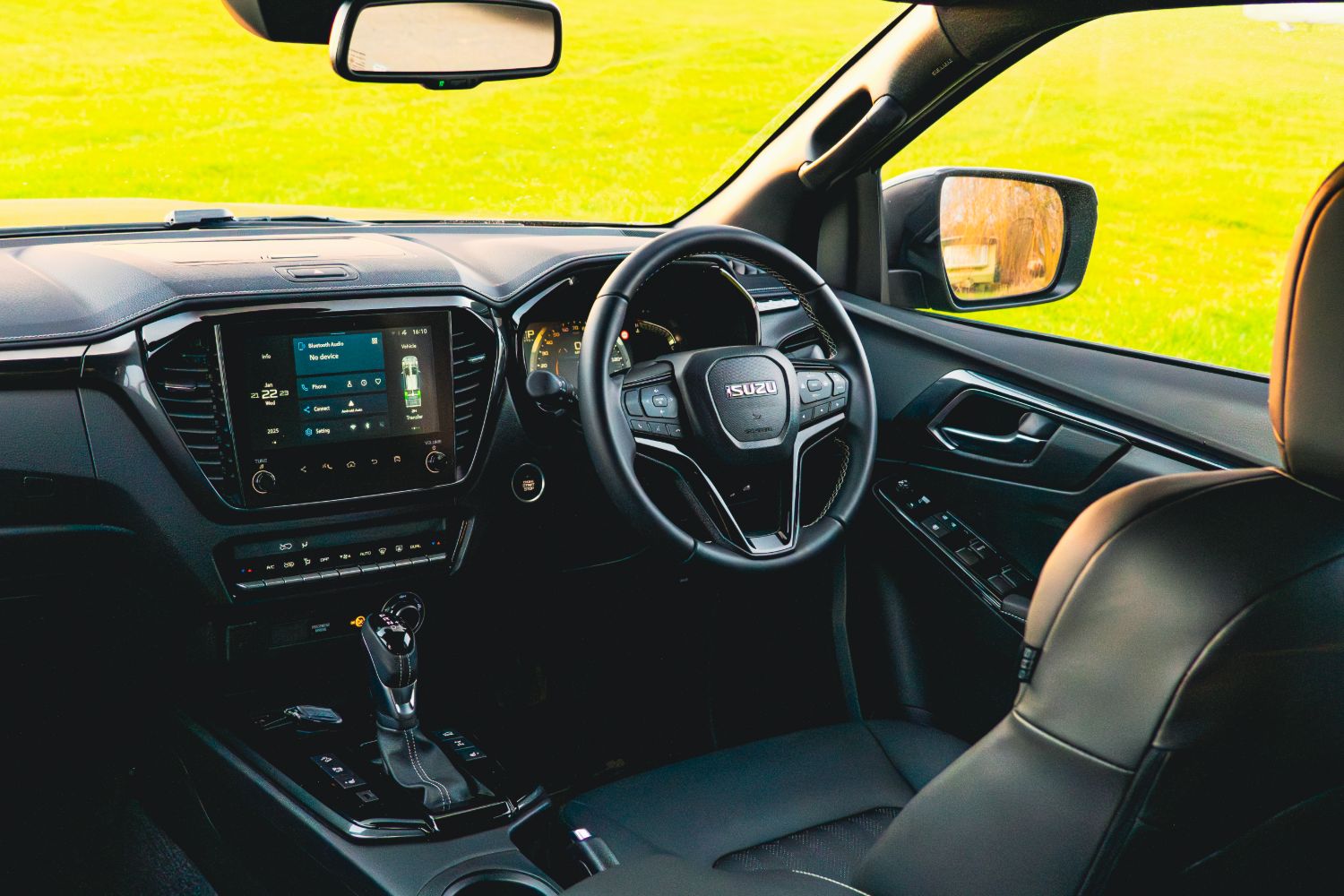
Isuzu has also taken the opportunity to enhance the stereo camera system mounted at the top of the pick-up’s windscreen, which means it can now ‘see’ further down the road (150 metres, instead of 120 metres) and in a wider field of vision too (up to 120 degrees from 40 degrees previously). This means the D-Max is better at identifying other traffic and vulnerable road users, so has a more effective level of advanced driver assist safety (ADAS) systems, while it also has better software for various items such as intelligent adaptive cruise control, that can now automatically alter its set speed when it reads different (and temporary) road signs on the motorway.
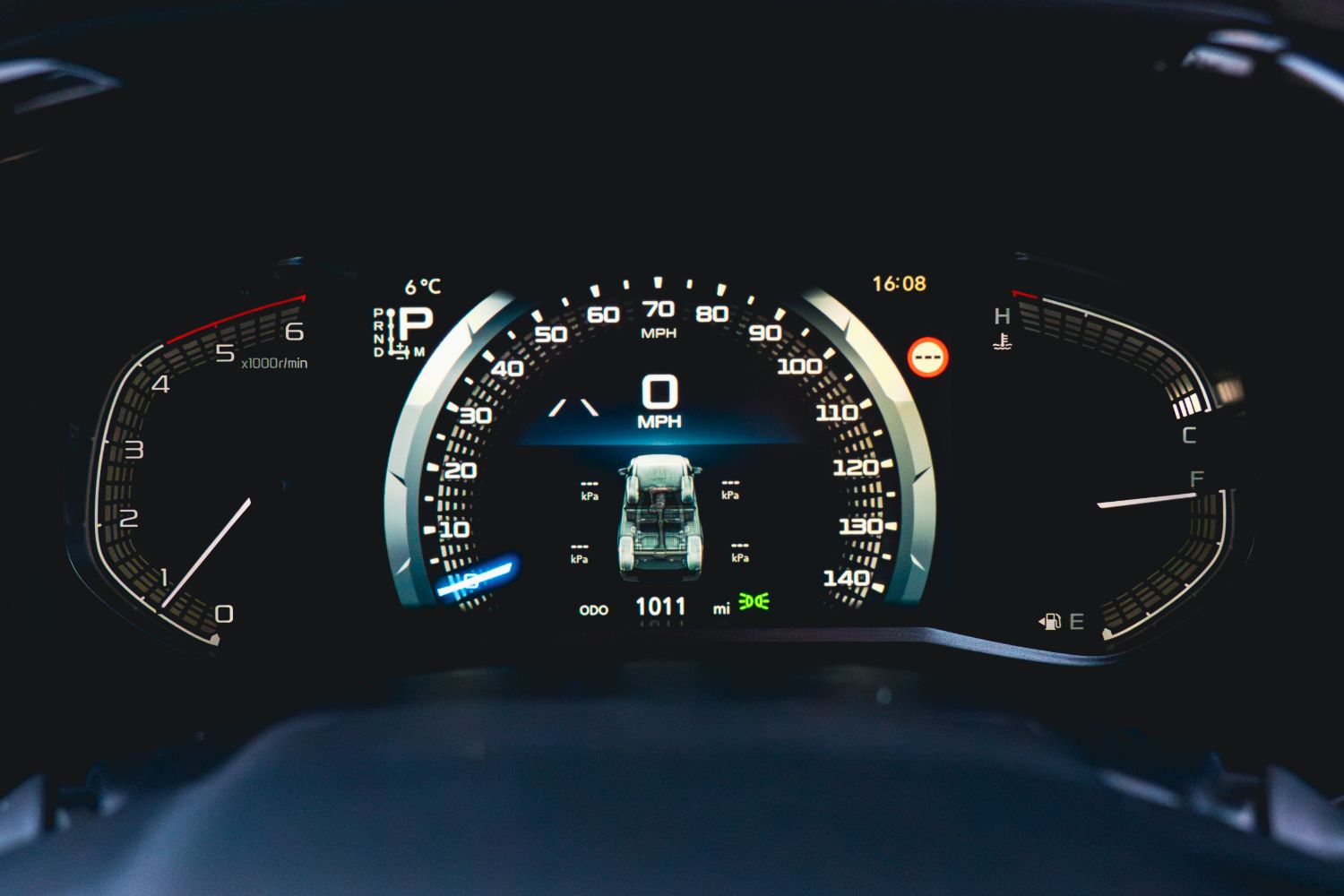
Isuzu D-Max driving experience
Isuzu persists with the 1.9-litre, four-cylinder turbodiesel engine in the D-Max, which has been in service since 2015 when it replaced the old 2.5-litre unit the Japanese truck employed. With 164hp and 360Nm, it has enough grunt to deal with the Isuzu’s unladen form, and it certainly doesn’t hurt the vital on-paper specs of the pick-up because it can take 1,085kg in its load-bed and tow the maximum of 3,500kg of braked trailer like any of its competitors. Also, for fleet users, the level of its mechanical refinement might not matter anything like as much as its excellent reliability, so this is not a powertrain without a serious chunk of merit to its name.
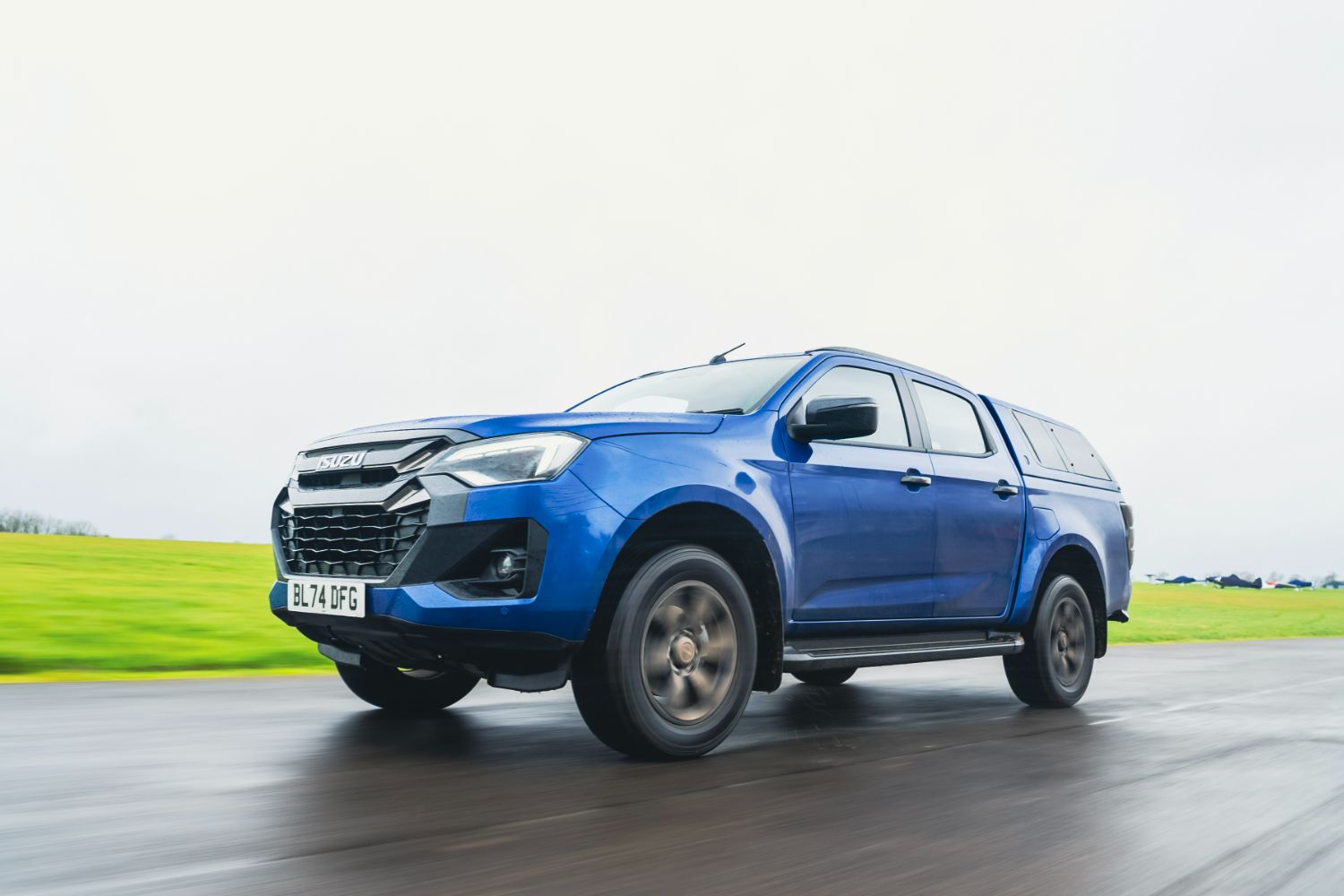
But it feels uncultured compared to what you’d find in some of the D-Max’s newer rivals. Particularly loud from 2,750rpm onwards and never blessing the Isuzu with much in the way of meaningful acceleration, another downside of it is that it seems quite inefficient in everyday operation, despite its small swept capacity and modest power outputs. Isuzu claims 9.0 litres/100km (31.4mpg) from it, which is only about as good as some of its V6-diesel competitors state – and they have 240hp and more to play with.
In practice, we drove the D-Max LSE unladen and one-up, and it struggled to beat 10.6 litres/100km (26.6mpg), showing that while a small engine might sound highly economical in theory, it can often be more ‘stressed’ to keep up with regular traffic flow and that results in increased fuel consumption in reality; bad enough with the truck running light, but not great news at all if the D-Max is hauling heavy loads either behind it or in its flatbed.
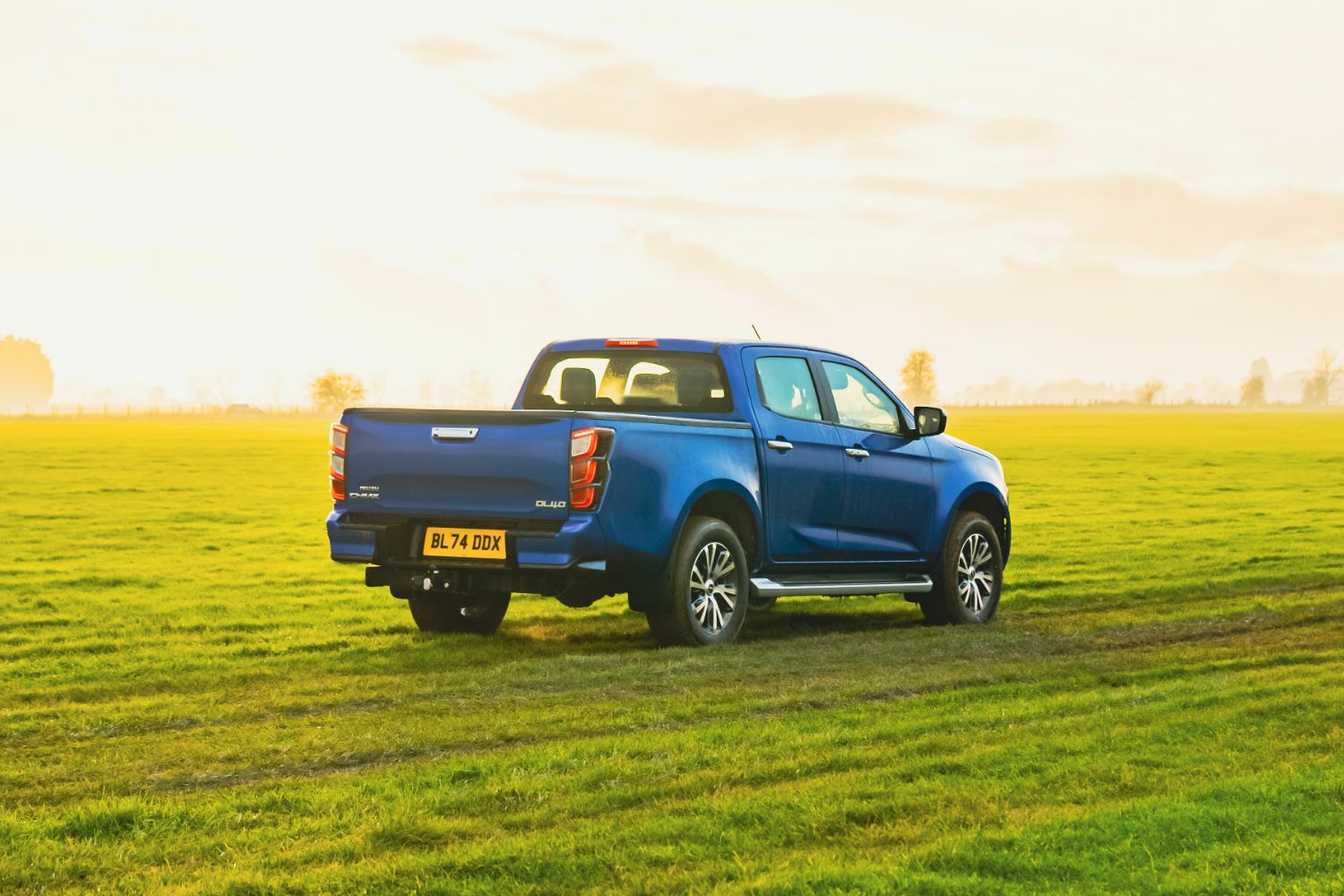
To drive, though, the D-Max is generally genial enough. It’s nigh-on unstoppable off-road, even on highway-biased tyres, thanks to the addition of Rough Terrain Mode for these 2025MY variants. This is essentially a form of electronic torque-vectoring that will send the engine’s power from whichever wheel(s) might be slipping to those with lots of traction in highly adverse conditions, and on top of the Isuzu’s proper low-range transfer ‘box and locking diffs (items it has had for a while), it means the D-Max can crawl up and down the very steepest of rubble-strewn slopes, even when they’re coated in a thick layer of slippy and claggy wet mud just to make things more awkward.
On the roads, its rolling refinement is good, as it limits tyre roar and wind noise to a capable standard – albeit it can never eradicate them entirely – and while the unladen ride comfort performs the usual one-tonne pick-up truck jitters over rougher tarmac surfaces, most of the time the Isuzu is comfortable, quiet and composed. As long as you don’t rev it out, it’s a fine-enough machine to travel in, and it even has impressive road-holding capabilities thanks to some of the better steering you’ll find in this market sector.
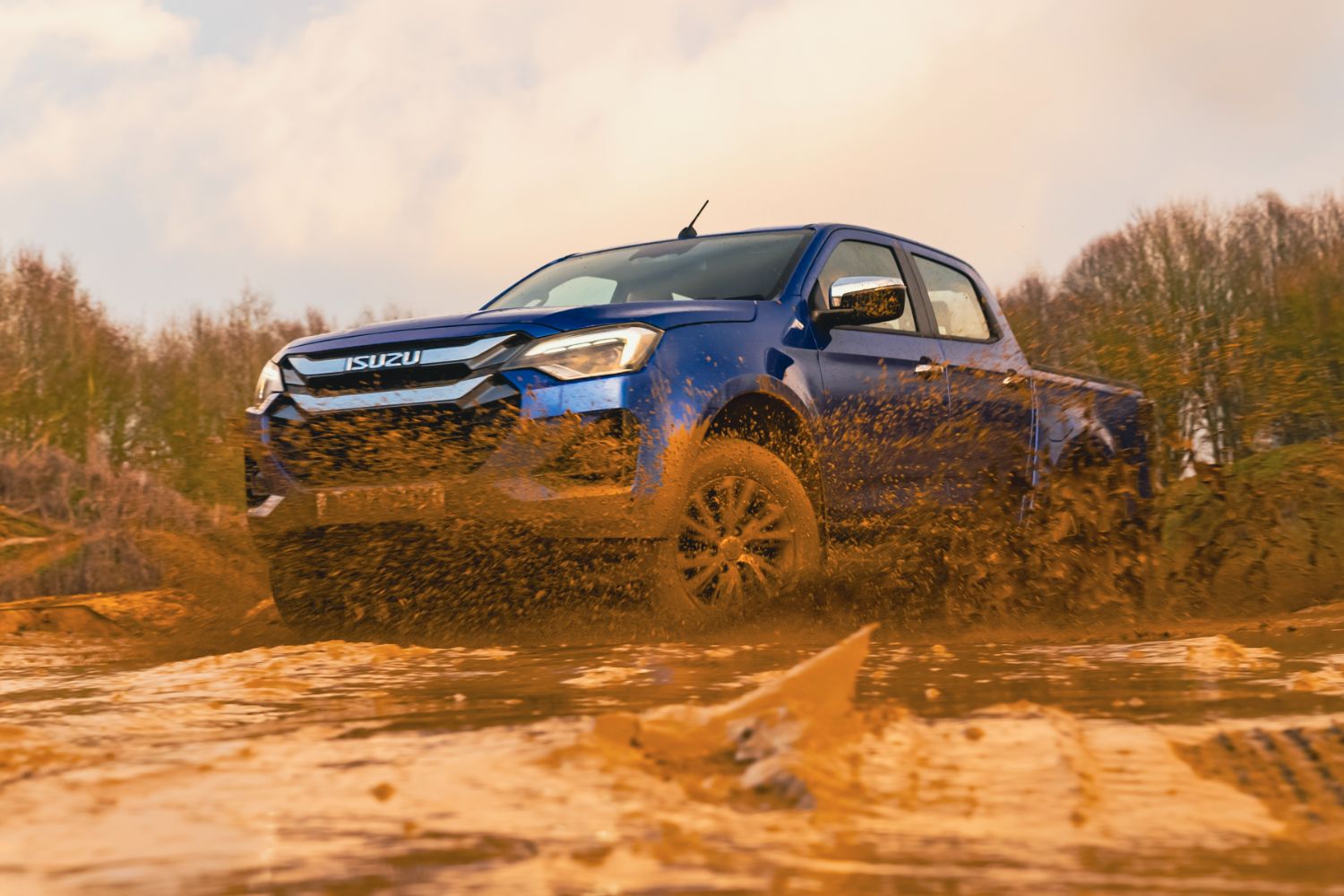
Alternatives to the Isuzu D-Max
There are three long-serving alternatives to the Isuzu D-Max, which are the Toyota Hilux, the Ford Ranger and the Volkswagen Amarok. The first of these hasn’t had an all-new model for some time now, but Toyota has at least realised buyers – commercial or otherwise – of these dual-cab pick-ups want a bit more power than 150-160hp, as it comes with a 2.8-litre turbodiesel generating a useful 204hp. The Ranger and the Amarok, meanwhile, are now in their latest generations, and they’re a joint project between the two manufacturers. They come with a wide variety of turbocharged engines, including powerful 3.0-litre V6 turbodiesels that really do put the D-Max’s powertrain to shame. However, they can be quite a lot more expensive than the Isuzu, so it still has an edge as a budget offering in the segment – even if we’d stop short of calling it a ‘bargain’.
There’s another option now, however, in the form of the Ineos Grenadier Quartermaster. This thing is even more vast than the sizeable D-Max, measuring more than 5.4 metres long, and it comes with a BMW-sourced straight-six turbodiesel engine. That said, it’s pricey – starting at nearly €70,000 for an N1 two-seat commercial variant, the Quartermaster is considerably dearer than any variant of the Isuzu D-Max, and it’s not really any more practical at all in terms of towing weights, off-road ability nor what it can carry in its load-bed.
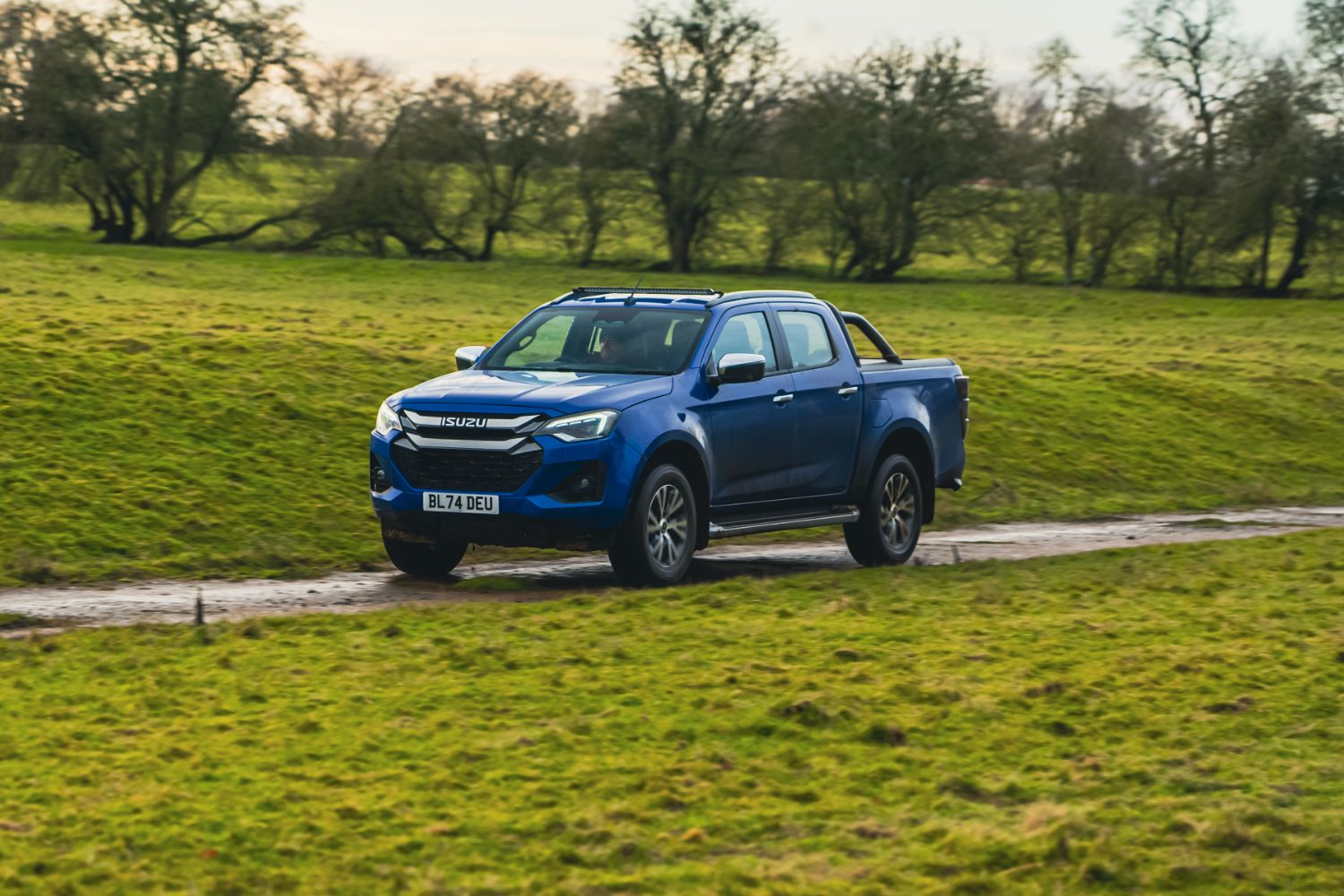
Our verdict on the Isuzu D-Max
Still offering strong value for money and plenty of workhorse attributes – such as its reliability, its go-anywhere off-roading skills, and its capabilities for towing and lugging stuff in its load area – the Isuzu D-Max 2025MY has been subtly polished by the new upgrades, including the improved in-cabin tech, the finer ADAS gear and the Rough Terrain Mode too. But the engine remains coarse and underpowered in this day and age, and some key rivals have moved the pick-up game on again in terms of interior finishing and general top-end appointments. The latest D-Max is therefore definitely still worthy, yet it’s a long way from world-beating.


